While planning our travels through Vietnam, we underestimated the amount of time and actual travel to get from one region to another. It may not look like a large country, but Vietnam is very long with shifty road conditions, so it could take a very long time to get from point A to B and by long time I mean it can take 1-2 days. Our goal was to travel from Sapa, Vietnam located in the highlands of Vietnam and end in Chiang Mai, Thailand so that we could experience northern Thailand before heading south to the beaches. We also wanted to go to Laos which is very underdeveloped in regards to infrastructure with the exception of a few major cities.
Our goal: Travel from Sapa, Vietnam, through Laos and into Chiang Mai, Thailand
Our route: Sapa, Vietnam- Luang Prabang, Laos- Chiang Mai
Below I’ve calculated the time, mode of transport and cost for the entire journey.
Famous for the beautiful rice terraces, our last stop in Vietnam was Sapalocated in the lush highlands. The sleeper train from Hanoi to Sapa took about 10 hours in total and if wanted to fly from Vietnam and either into Laos or Chiang Mai, it would tack on an additional 10 hours of travel because we would have to have returned to Hanoi. We decided to be a bit more adventurous and travel on road and river from Sapa.
How to Get from Sapa to Laos
Trip 1: Sapa to Dien Bien Phu
From Sapa you have two options, you can either take a ‘VIP’ sleeper-bus or minibus during the day. We opted for the sleeper bus which was scheduled to pick up by 6:30 pm in front of the Catholic church which arrived one hour late. We arranged for the transportation through a travel agency in Sapa, which included the transport from Sapa to Dien Bien Phu and the transfer from Dien Bien Phu to Muang Khua in Laos for $22.
We were never given an actual ticket for any of the rides, but received a receipt with Sapa-Muang Khua marked on it. The travel agent we booked through escorted us to the bus pick-up and waited for it to arrive. Everyone who was waiting for the bus was accompanied by their hostel manager or travel agent. When the bus gets there, they tell the bus manager where you are headed and everything is set. The receipt does not have any information on it besides the city of where you are headed. No bus company name, no seat number, no time, but it works out.
The Experience
I’m not going to lie, this was my first sleeper bus experience and it was horrible, which is unfortunate because I was looking forward to it. After talking to a few of the backpackers they thought that this was the worst sleeper bus experience they have ever had as well. One issue was that the bus company overbooked. When I got onto the bus, I chose an empty spot, but I realized there were about 10 people sitting in each aisle. Then as more backpackers got on, the bus manager started yelling at the Vietnamese people who were already asleep on seats to get off so that the backpackers can sit there. It’s likely that locals pay less than what the tourists have to pay for the buses, but the way it was handled was the most disrespectful thing I had ever seen. The bus manager also decided to collect bus fare from all of the non-backpackers about two hours into the drive when everyone was already asleep. He did this by turning on the bright lights and literally walked on top of people who were sleeping in the aisles. It was unpleasant to say the least.
As far as comfort, it’s not like we expected the seats to be uber comfortable, but the seat in front of you reclines onto your legs. Normally the seats are spaced out enough so that when you are stretched out, the person reclining in front of you is not literally on you. One other thing to note is that there was no toilet on the bus so we had to wait until midnight to pull to a road side cafe for a stretch break/bathroom stop, in which everyone made their way to the bushes to handle their business. When in Rome.
The first hour of the drive is fine if you are not prone to motion sickness because albeit windy and a bit nauseating (ginger candy is good to have for that) you are on a paved highway. A boy on the bunk under me threw up all over his bedding on that stretch of the road. Then after the first hour the paved road turns into an unfinished muddy road with potholes, on the side of a cliff, wide enough for one car, with steep hilly dips. This portion is very rocky and scary. I was on the top bunk and I was pretty sure that I was going to be flung down.
Other than safety, one thing we were worried about was whether we would make the minibus transfer on time, but we found out that the minibuses wait for the sleeper bus to arrive to pick up passengers before taking off from the station.
We arrived at the Dien Bien Phu bus station at 6 a.m. and the minibus drivers approached the sleeper bus passengers and asks each person where they are headed. If you are going directly to Luang Prabang, then you go with the driver that is headed there, if you are going to Muang Khua , then you go with that driver.
The minibuses also run as a courier service between Vietnam and Laos, so expect sacks of rice and other goodies to accompany your trip and that you may have sit on. We only had 10 passengers and everyone had their own seat so the merchandise was packed away towards the back of the bus.
The drive to the Vietnam-Laos border is pleasant and scenic though at 6 a.m. our driver started blasting electronic dance music which lasted the entire 4-hour drive.
Crossing the Border to Laos
Exiting Vietnam – Tay Trang
When you arrive at the border crossing at Tay Trang, everyone gets off the minibus and walks into the border control office to get an exit stamped. Expect to pay an unofficial $1 fee to the immigration officer just because he says so. We asked for a receipt, he said “no.” He will also try to encourage you to exchange your Vietnam Dong for Laos KIP at a bad exchange rate, but you can just tell him you do not have any currency left.
Entering Laos – Sop Hun
I recommend to have your Laos visa taken care of before you get to the border if you do not want to pay extra ‘fees’ with the immigration officers, especially if you do not have any Laos kip on you. You can pay for your visa on arrival with Vietnam Dong or US dollars, but the immigration officers do not “use the bank’s formula” when it comes to the exchange rate. We had Dong and USD on us so we used both, and a sign that clearly spelled out $1 for stamp fee magically turned into $2. There is no point in arguing with them over a few dollars because in the end whatever they say, generally goes.
Fees you will pay for:
- Laos Visa: $30-$35 depending on nationality
- Visa fee: $1
- Stamp fee: $1-$2
- Visa photo (if you don’t have one with you): $4
I had my passport photo taken in Hanoi for about $3 and I was given 4 copies. When we crossed over to Cambodia from Thailand we did not have a visa photo with us and we had to pay $5 for it at the border, but we did not even get our photos taken.
After you go through customs, everyone boards the minibus again and gets dropped in Muang Khua two hours later. If you get into Muang Khua before 10 am, there is a chance that you may be able to get on a slow boat to get on with the next portion of the trip. We decided to stay the night in Muang Khua, which ended up being a good choice because we were able to catch up on some much needed rest.
Trip 2: Muang Khua to Muang Ngoi or Nong Kiaow – 110 KIP per person
Muang Khua is a dusty little town in Laos that only has electricity after 4 p.m. unless a generator is being used. There is not much to do there, but to drink a cold Beer Lao in the corner restaurant in the center of town. There is always cold beer. However, it is a good place to rest up before heading on a slow boat the next morning to either Muang Ngoi or Nong Kiaw. There is a few ATM machines here, but they are not reliable. There is also a bank that does money exchanges, but I suggest only exchanging a small amount because the rate will likely not be good.
The next morning, at 8:30 am we went to the boat docks and bought our slow boat ticket for 110 kip each. You can only buy a ticket the day of, and the boat only goes out once it is filled with at least ~7 passengers. You can choose to either get off at Muang Khua which is four hours away or continue on to Nong Kiaow which is an additional hour boat ride. One thing to keep in mind is that there are no ATM machines in Muang Ngoi so make sure to have enough money on you to pay for a night, food and an onward boat ride before you decide to stay there.
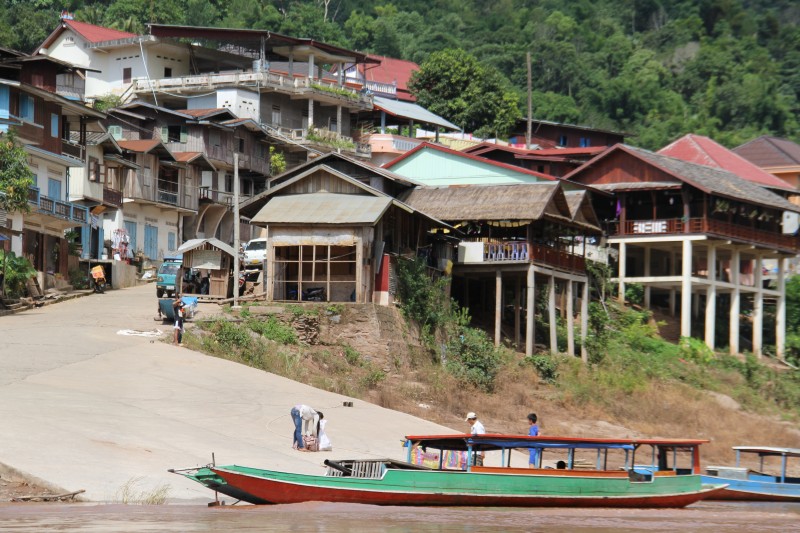 To get to Luang Prabang you will have to take the slow boat to Nong Kiaow if you decide to stay the night in Muang Khua. They recently halted boat rides that go all the way to Luang Prapang because a dam somewhere along the river is being built.
To get to Luang Prabang you will have to take the slow boat to Nong Kiaow if you decide to stay the night in Muang Khua. They recently halted boat rides that go all the way to Luang Prapang because a dam somewhere along the river is being built.
The slow boat is a great way to see the geography of the area and I prefer it over taking the bus for hours. There is no food or bathroom on the boat so make sure to have some snacks and take advantage of the bathroom break.
There are several bungalows and accommodations in both villages, but during high season it might be difficult to find one in Muang Khua because it is much smaller. Also, since 2013 they have 24-hour electricity and as of July 2014 3G is availble. The town has its limitations, but consider it a pleasant break from technology. You can easily spend 2 or 3 days here hiking and exploring different roads or just kicking back in a hammock for hours, which is what we did, but only for one night.
Trip 3: Muang Ngoi to Nong Kiau – 25 KIP per person
The slow boat from Muang Ngoi takes off between 8:30 and 9:00 am, which also waits until the boat is full before taking off. The boat ride is only about an hour long. When you get to Nong Kiau you can take a tuk tuk to the bus station, or you can walk for 10 minutes to get there. If you opt in to walk to the station, from the docks take the road leading to the left and follow it until you see the station to your right. It is a very small station with two or three mini buses parked there so you should not be able to miss it.
Trip 4: Nong Kiaow to Luang Prabang – 55 KIP per person
The minibus goes straight to Luang Prabang and is about a 4 hour drive on a rather well developed road. You purchase your fare from the window of the station for 55 kip per person, but the seats on the minibus fill up fast as they are first come first serve. If you are not there when the bus is ready to load people in, because you are having a quick bite to eat for example, you might lose your seat, have to sit squished with 4 people in the back or wait for the next mini bus. Our minibus had 12 seats, but we had 15 people on the bus.
Once you get into Luang Prapang, you get dropped off at a bus station. From there you take a tuk tuk for about 20 minutes which costs close to as much as your 4 hour drive to Luang Prabang did. The tuk tuk will drop you off on the main street near many of the guest houses which is also the same street as the night market.
How to Get from Luang Prabang to Thailand
Trip 5: Luang Prabang to Pak Beng – 110 kip per person + 50 kip for tuk tuk
From Luang Prabang, we took the slow boat to Pak Beng which is a 7 hour journey. The docks for the slow boat are about 10 km away from the main street area so tuk tuk will be required. We bargained down to 40 kip for the trip with one of the smaller tuk tuks, but most of the tuk tuk drivers would not budge below 50 kip. Our tuk tuk driver picked us up from our guest house at 7 am and took us to the docks, which took about 30 minutes. The boat leaves at 8:30, but we wanted to make sure that we would be able to get a ticket and good seats. The cost of the slow boat is 110 kip purchased from the ticket office. The day before we asked a couple of travel agencies and our guest house and they each quoted us 300 kip per person to get to Pak Beng with slow boat. Unreal.
The slow boat to Pak Beng has mini-van seats for all of its passengers as well as a western-style toilet and a snack bar. It made the 7 hour trip a bit more comfortable compared to sitting 4 hours on a wooden bench on our first slow boat ride to Muang Khua .
Pak Beng is a small town, but when you get off the slow boat there are several guest houses lined up on the street that range from 50 kip to 120 kip per night. We checked into a 50 kip one called Mektosavanah, not the nicest guest house in town, but we slept alright.
Trip 6: Pak Beng to Huay Xai – 110 kip per person
The next morning, we boarded the slow boat at 8 am which was similar to the one from the day before. The boat takes off at 8:30 and costs 110 kip which you pay for on the boat. The boat to Luang Prabang also leaves at the same time from the same dock, so double check the boat that you are on, but the most of the same travelers who were on your boat the day before should be on the same boat with you again so if you don’t recognize anyone but are sitting with a lot of backpackers you should definitely double check.
The slow boat ride is another 7-8 hours to Huay Xai which is the last stop in Laos en route to Chiang Mai. When you get to Huay Xai around 6 pm, you will find a few tuk tuks waiting that offer to take you to the border. We heard mixed reviews regarding the operating hours at the border. Originally we heard that the border on both sides was only open until 6 pm, but a tuk tuk driver insisted that it was open until 10 pm, but we were not sure if we should take his word for it, then a guest house owner also said 6 and we just did not know who to believe. We decided to stay the night in Huay Xai in a guest house that cost 200 baht per night and arranged the travel the next day to Chiang Mai through an agency for 400 baht per person. We had planned to arrange our own transport, but we decided to book it as a package.
Trip 7: Huay Xai to Chiang Mai – 400 baht per person
Travel from Huay Xai is straightforward and not complicated. Since we had everything scheduled, the tuk tuk picked us up from our guest house at 8:25 am and took us straight to immigration control. He handed us a sticker to wear on our shirts that says the name of the minibus company on it and he said that would indicate that our fare was paid for because like before in Sapa, we were not given an actual ticket. The tuk tuk ride take about 20 minutes and goes over the Friendship Bridge IV which leads right to the Laos and Thailand border. The border on the Laos side looked immaculate, like the entry way to a new airport. The exit process was quick and easy. Once you do exit, you need to take a bus which take you to the Thai Immigration Control. The cost for the bus is 7,000 kip, but it was included in our prepaid fare.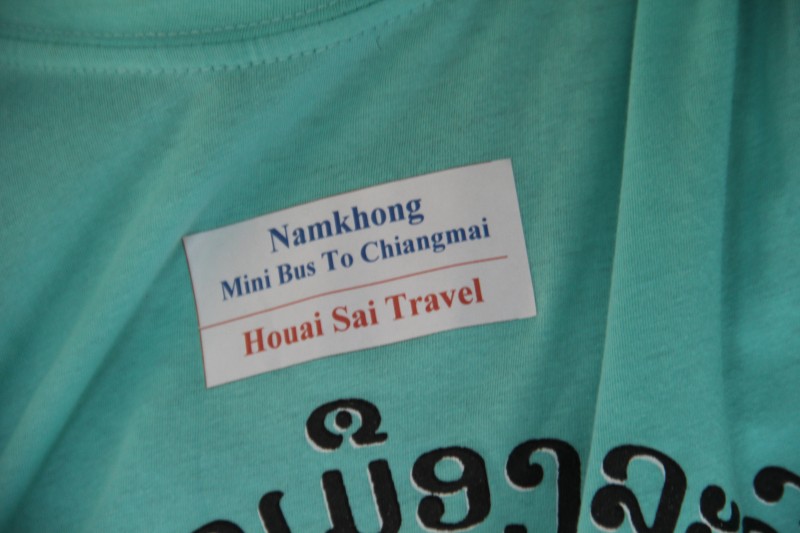
When we arrived at the Thai border, we filled out our arrival form and unless you need a visa extension, you will receive either a 15 day or 30 day visa for free. When you travel overland into Thailand, you usually are only granted a 15 day visa, but we were given a 30 day visa, but I didn’t realize it until after I walked out so I did not get a chance to ask why. It may be because a month earlier, we had flown into Bangkok, which then we were given a 30 day visa, and only stayed one week before traveling to Siem Reap. There are new visa rules to crack down on visa-runs that went into affect in May 2014, but it is to limit those who are traveling in and out of Thailand on a regular basis to avoid paying for a visa extension.
Getting through the Thai border was also quick and easy with no issues and without having to pay any special fees.
We were told that once we made it across the border, there would be minibuses waiting to take us to Chiang Mai and that when we showed them our sticker we would be good to go. There were about 10 of us with stickers and we waited for any mini bus to come and pick us up for about 30 minutes. There was a tuk tuk which took people to the city center and bus station, but we were told to wait until a minibus came to pick us up. A minibus did not come, instead a pick up truck arrived and he loaded three people into the front and 3 people into the back and said he would come back for the other two. 10 minutes later we were at a guesthouse/travel agency with the name that was on our sticker.
There we waited until 10:45 to get on the minibus and head to Chiang Mai. The minibus had AC and everyone had their own seat. Midway we took a 30 minute lunch break, then two passengers got dropped off in Chiang Rai and then we continued on to Chiang Mai where he drops you off in front of a hotel near the night market and the moat, but not the Arcade bus station. The Arcade bus station is about 15-20 minutes away from the city center. A 10 minute tuk tuk ride from the center or that general area should be around 60 baht. If you are quoted more than that, you can find a different tuk tuk or red pickup that will should go for 60 baht.
Transportation Cost Breakdown
The trip to Chiang Mai should have only been 4 hours from the border, but the entire journey from being picked up at our guest house to stepping foot on the roads of Chiang Mai took 7 hours.
The total cost of the trip in US dollars, not including hotel accommodations came out to about $89. Once you get to Pak Beng or Huay Xai, you can use Thai baht for payment if you already have some on you. There are a lot of travelers who come through from Chiang Mai to get to Luang Pabang or Vientiane and most of them do not have Lao kip yet, so it makes sense that they accept both. We had some baht left over from Bangkok so instead of withdrawing money from an ATM to get more kip we used the baht we had left for the last few purchases we made.
Below is a breakdown of the expenses and like mentioned earlier, the fare from Sapa to Muang Kuah included the cost of the sleeper and mini bus for $22. The cost of travel from Huay Xai to Chiang Mai was also all paid for within a packaged price for 400 baht which is about $12.
If you enjoyed this post, why don’t you follow Adrift Anywhere on Facebook or subscribe to get updates on budgeting tips, travel advice and tips!

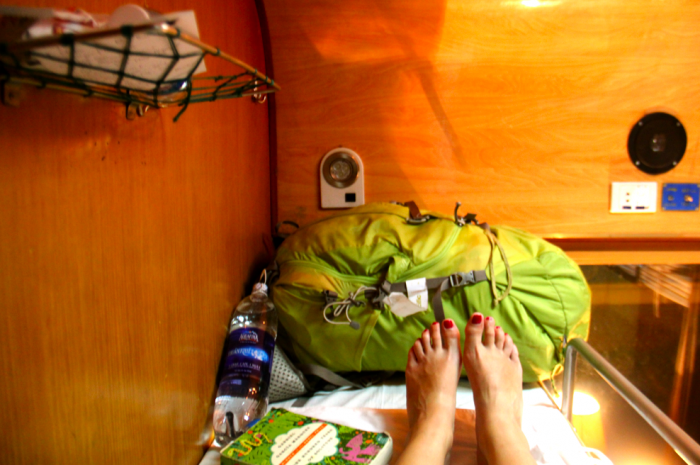

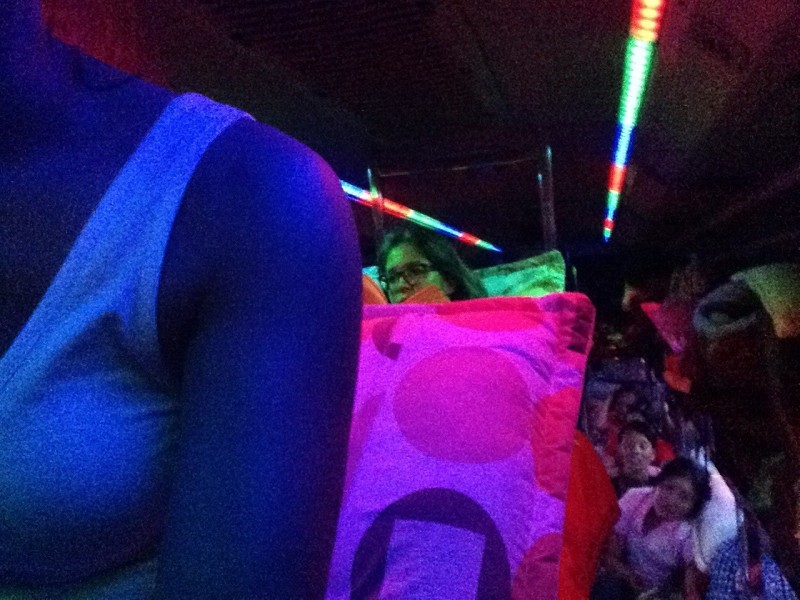
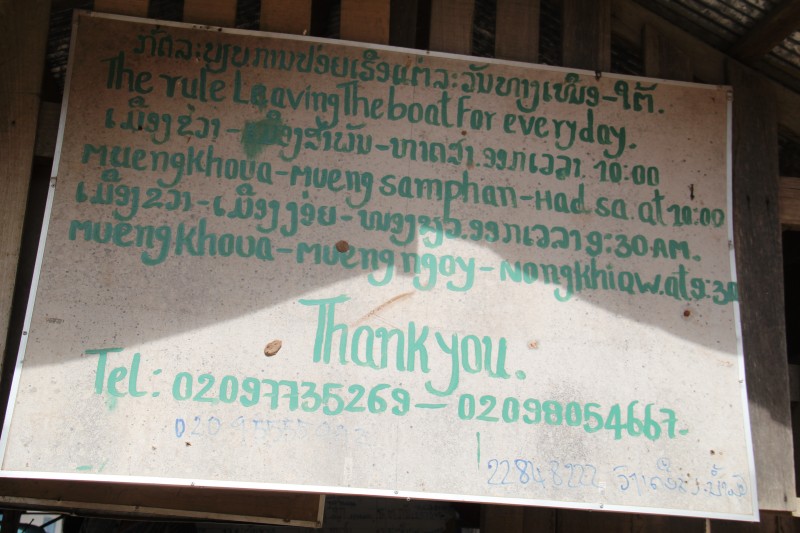
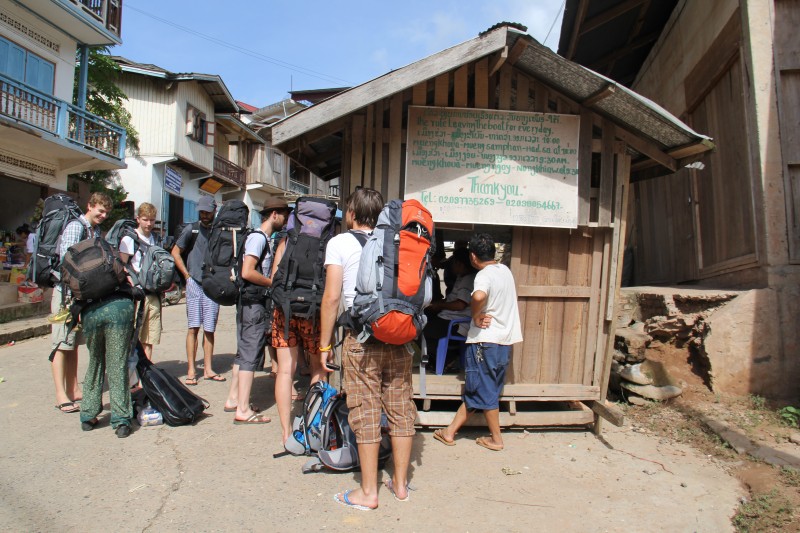
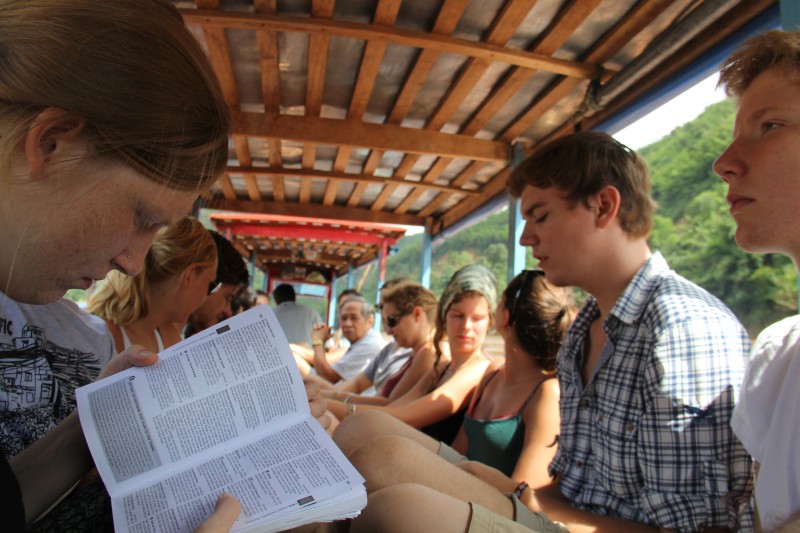
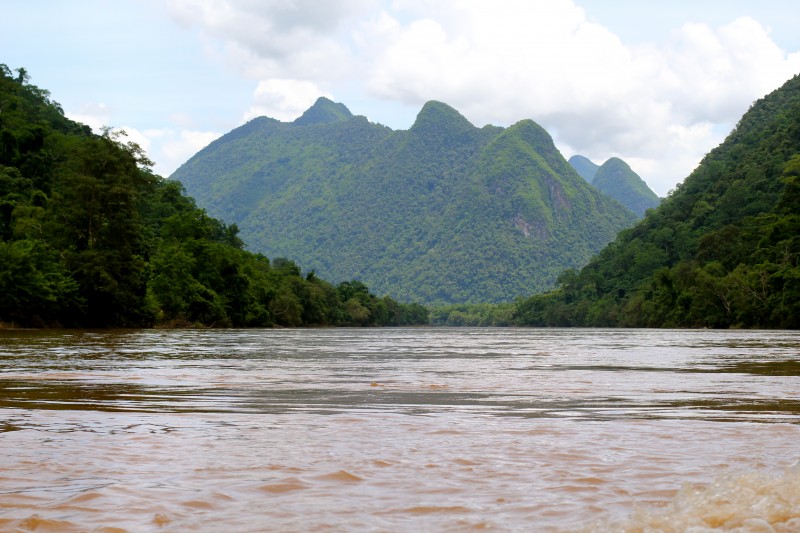
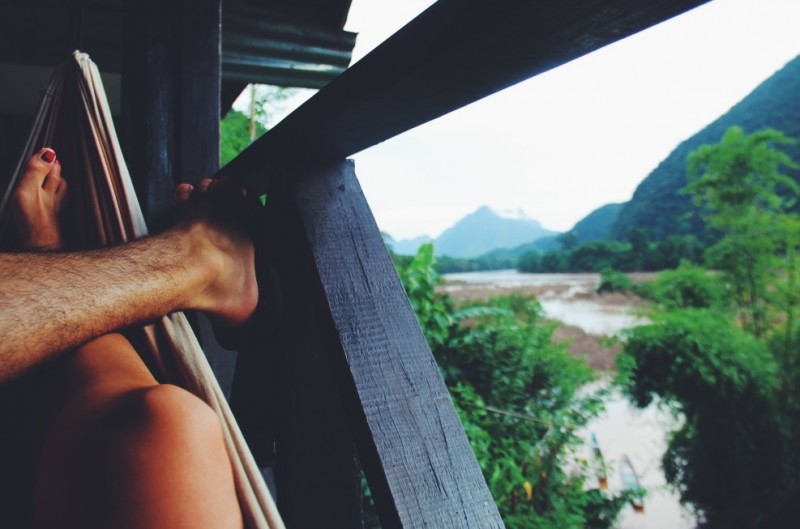
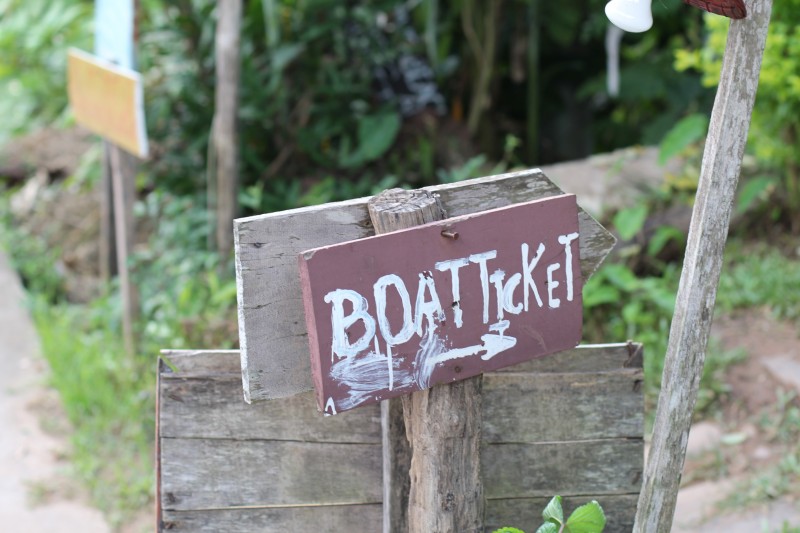
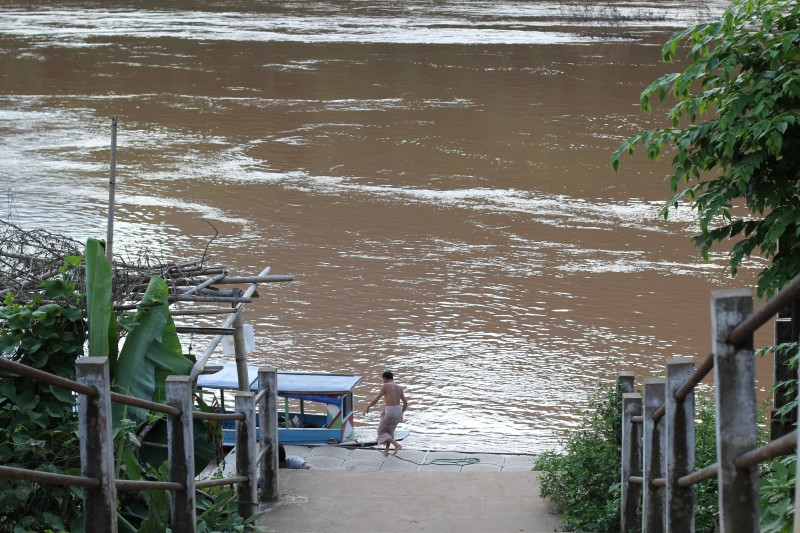
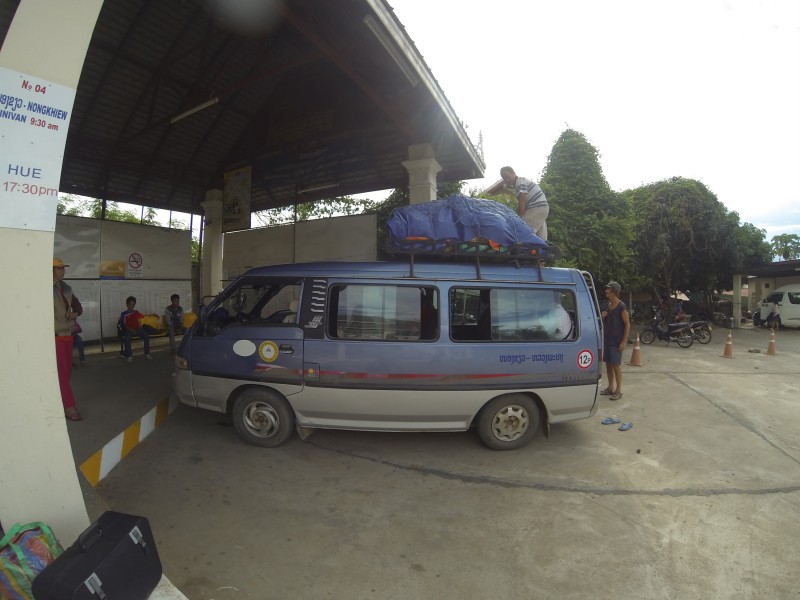
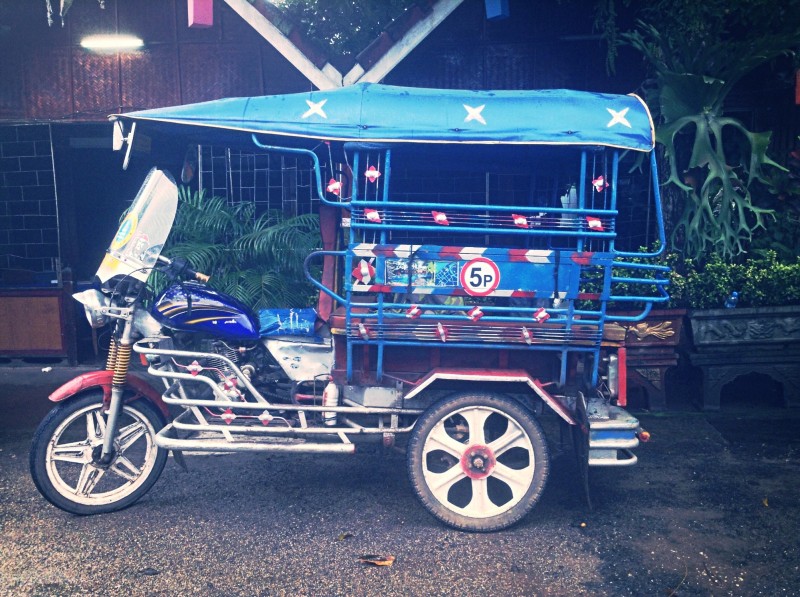

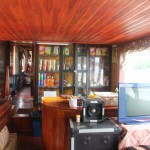
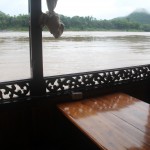
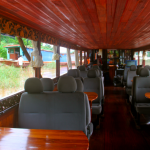
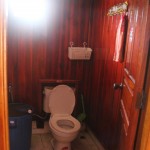
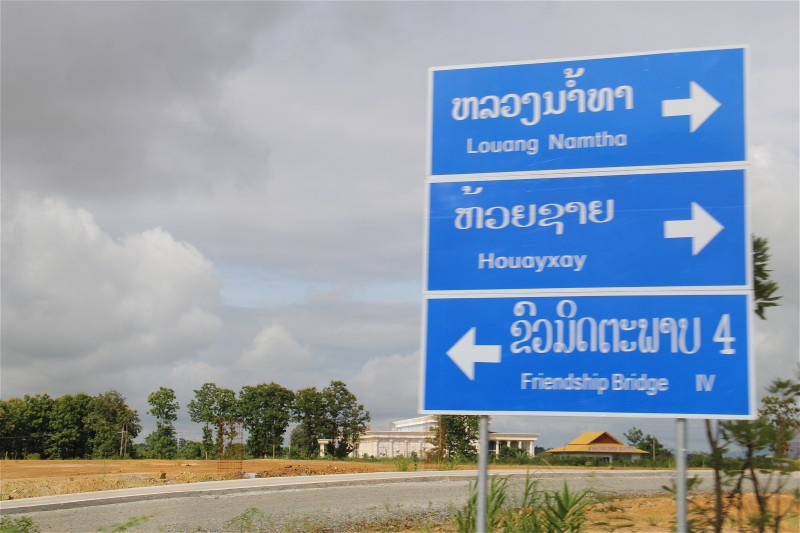
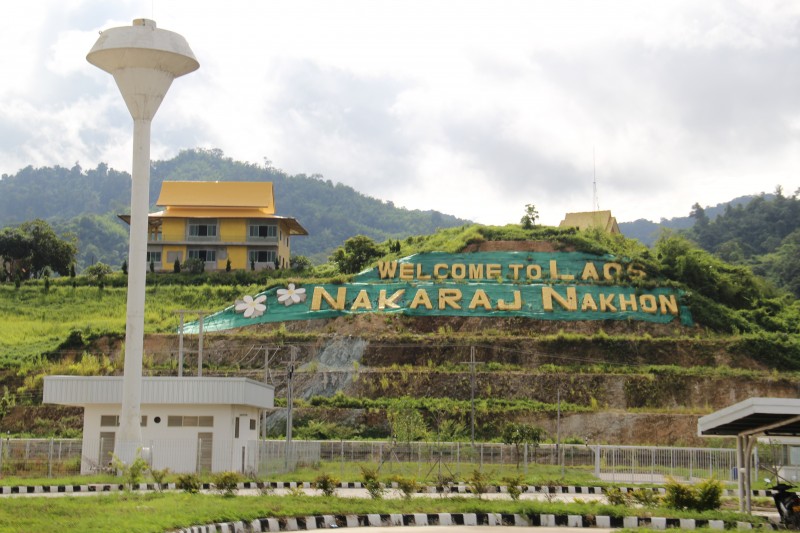
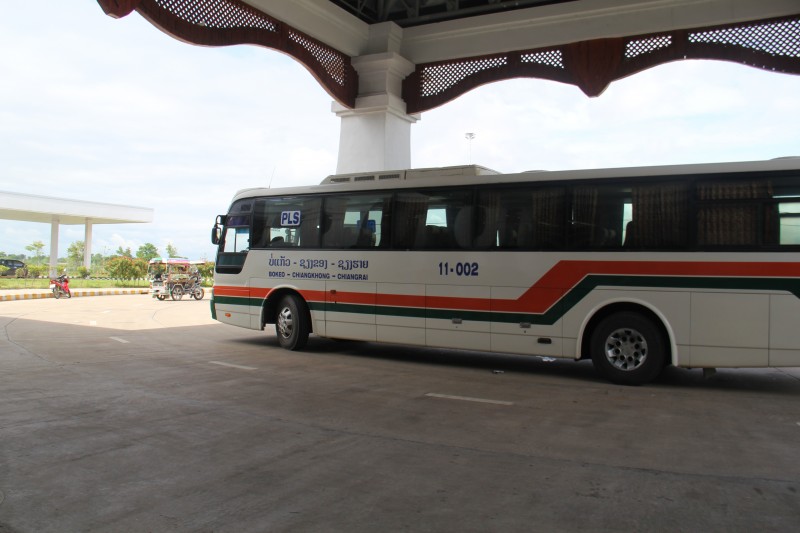
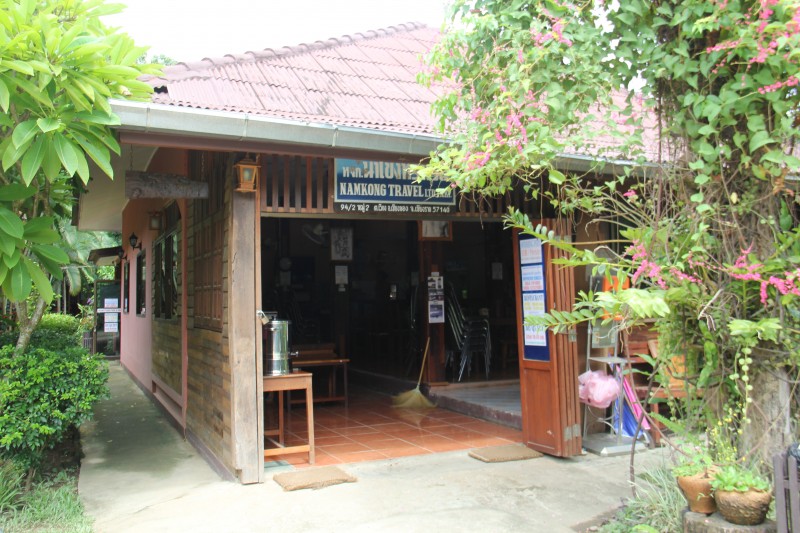

This is such an awesome resource guys, thanks for putting it together. Shocked to hear about the sleeper bus though, that’s a very horrible reality to witness. Keep well and travel safely 🙂
Thanks Vaughan! I noticed that most people were traveling the opposite route, (Chiang Mai to Vietnam) so there was not a lot of info out there for traveling from Sapa to Chiang Mai. Hopefully readers will find it useful during their travels 🙂
Unlucky, sleeper buses can be great, however you’ve tried it on a route that is apparently even horrendous during the day!!
hahah i know! It was just a horrible road . I plan on giving it another shot in South America, but I’ve been informed to not Google “bus accidents in Argentina” in order to keep an open mind…uh…eek.
I’m sure we’ll be on those South American buses soon enough, so will let you know how it goes 😉
Hi Susan.
How long is the slow boat trip from Muang Khua to Nong Khiaw?
Did you spend overnight at Muang Ngoi and took another slow boat to Nong Khiaw the next morning?
Hi Azzah, the boat ride all the way from Muang Khua to Nong Khiaw is about 8-9 hours (very long), I spent the night in Muang Ngoi and took the short slow boat which about an hour to Nong Khiaw. I have the time table and details of the trip within the post, too!
Hi. Thanks for the information
But I wonder I googled laos currency it says US1$ = 8000 laos kip…
Hi Jun, the amounts are in the thousands! Sorry, I should have made that clear. So add three zero’s after each: 25,000 kip, 110,000 kip, etc